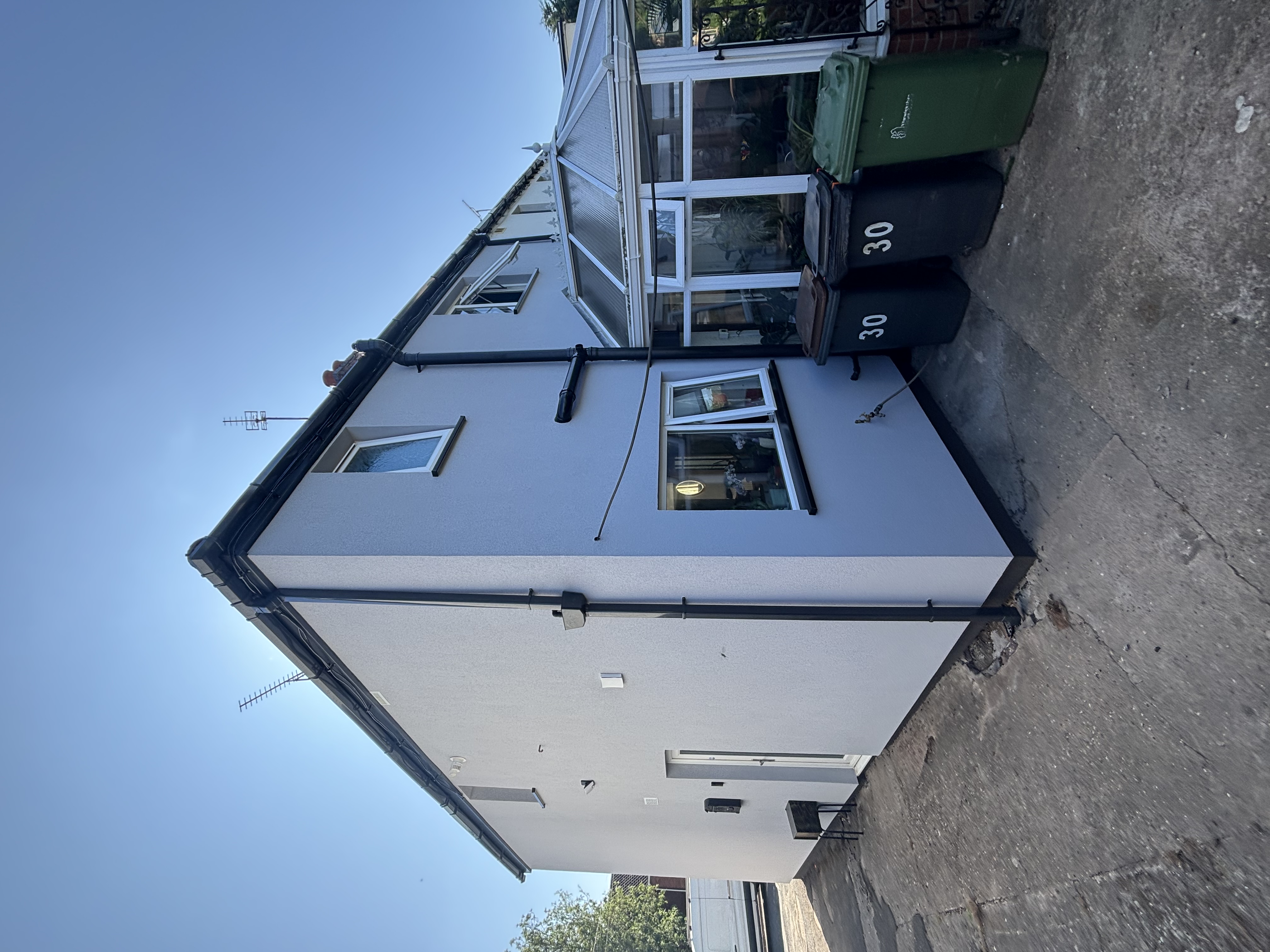
Breathable (moisture vapour permeable) insulation is key to retaining heat within your walls while also allowing moisture to escape, rather than becoming trapped. This aspect is crucial, as the interaction between buildings and moisture plays a significant role in maintaining the structural health and efficiency of a property.
When building materials lack breathability, it can result in condensation (dampness) and a host of other problems. In modern construction, the balance between breathability, thermal efficiency, and airtightness is increasingly important.
In today’s blog, we’ll explore the best option for breathable wall insulation, and delve into the benefits of opting for a breathable insulation system for solid walls.
When discussing the breathability of construction materials, we're essentially focusing on how moisture interacts with the fabric of a building and how easily it can move through the structure. 'Moisture' here refers to both vapour and liquid water.
Materials classified as 'breathable' permit the passage of moisture, ensuring it doesn’t get trapped within the walls. This dynamic between moisture and building structures is vital for maintaining both their structural integrity and performance. The absence of breathability in construction materials can precipitate interstitial condensation, commonly known as dampness, leading to various complications.
Interstitial condensation occurs within the core of a building’s elements – be it in floors, walls, or roofs. Here, warm air vapour permeates the surface and, upon cooling inside the structure, turns into condensation. This can cause significant damage to the property’s fabric and structural soundness.
Solid walls, prevalent in many of Britain's older homes, present unique insulation challenges. Unlike cavity walls, where a gap between the inner and outer layers can be filled to improve thermal efficiency, solid walls require a more nuanced approach. This is where Breathable External Wall Insulation (EWI) becomes essential.
Breathable EWI is not just a solution; it's a necessity for solid wall properties. These walls, often constructed from materials like brick or stone, need to 'breathe'. Moisture, inherently present within these structures due to their absorption of rain and environmental humidity, needs a way out. Without a breathable insulating solution, moisture gets trapped, leading to damp issues, mould growth, and ultimately, structural degradation.
A significant advantage of breathable EWI is its ability to manage moisture effectively. By allowing water vapour to pass through, it maintains the walls' natural drying process, thus protecting the building's fabric. Moreover, it enhances thermal performance, crucial in these energy-intensive times. Homes insulated with breathable EWI retain heat more efficiently, ensuring a warm, cosy environment during the UK's colder months and reducing reliance on heating systems, thus offering substantial energy savings.
Additionally, breathable EWI contributes to healthier indoor air quality by preventing the build-up of condensation, a common culprit behind respiratory problems. For homeowners of period properties or conservation homes, breathable EWI is a sustainable choice, aligning with the need to preserve architectural integrity while upgrading energy efficiency.
In summary, breathable External Wall Insulation is an indispensable investment for solid wall homes, marrying historic preservation with modern energy efficiency and healthy living standards. It's a forward-thinking solution for the conservation-conscious homeowner.

Mineral wool is regarded as a breathable insulation material due to its unique fibrous structure. This structure, comprising interconnected open pores, allows air and moisture vapour to permeate through it. Unlike closed-cell insulations, mineral wool does not trap moisture, thereby reducing the risk of condensation within building structures.
This permeability is crucial in maintaining indoor air quality and preventing mould growth. Additionally, the breathability of mineral wool contributes to the regulation of humidity levels, enhancing the comfort and healthiness of indoor environments. Its ability to allow moisture to pass through without compromising thermal efficiency makes mineral wool a preferred choice in applications where moisture management and air quality are essential.

Breathable external wall insulation offers several advantages, particularly in terms of building health, energy efficiency, and occupant comfort.
Breathable EWI allows moisture from inside the building to escape, reducing the risk of dampness and mould growth. This is crucial for maintaining a healthy indoor environment and preserving the structural integrity of the building.
Breathable EWI enhances a building's thermal efficiency by trapping heat inside, leading to a more consistent indoor temperature. This improvement can significantly reduce heating costs during colder months.
By allowing moisture to pass through, breathable insulation prevents condensation build-up within the walls. This is particularly important in older buildings where condensation can lead to structural and aesthetic damage over time.
Breathable EWI helps maintain the natural drying process of building materials, thereby prolonging their lifespan. This reduces the need for frequent repairs and replacements, offering long-term financial savings.
By improving insulation and reducing heat loss, breathable EWI contributes to lower energy bills. This makes it a cost-effective solution for homeowners looking to improve their property's energy efficiency.
Breathable EWI often uses sustainable materials that have a lower environmental impact compared to traditional insulating materials. Additionally, the energy savings it provides contribute to a reduced carbon footprint for the household.
These benefits make breathable external wall insulation an attractive option for homeowners seeking to improve their property's performance and comfort, especially for buildings with solid walls that require special consideration for moisture management.
Based in the Midlands, but serving areas as far as Greater London, PD Rendering have been providing a professional external wall insulation service for more than 15 years.
We’re a locally owned and operated insulation installation company, and whether you are building a new home or renovating your existing space, we are the team to call.
So why wait? If you're keen on making your home breathable while enhancing its comfort and value, then get in touch with us today for a free, no-obligation quote.

